Recently, on a veterinary school tour, I heard this question: “How does the class schedule look like?”
 I rarely get asked this—I’m more commonly asked how hard it is to get into veterinary school—but this is an important question, because, in my opinion, I think that it is harder to complete a DVM degree than it is to get accepted to veterinary school.
I rarely get asked this—I’m more commonly asked how hard it is to get into veterinary school—but this is an important question, because, in my opinion, I think that it is harder to complete a DVM degree than it is to get accepted to veterinary school.
To start, we can look at my spring veterinary class schedule and how I am dealing with this hectic routine. I start the week with Monday, 8 a.m. exams and end with my Friday, 3 p.m. class.
My daily studying hours are blocked from 7 p.m. to 1 a.m., or perhaps more like 3 a.m. Not being a morning person, this is a real challenge. It is important to know your learning style and quickly implement a study routine. This will save time for studying and will increase time for sleep. If you want to attend vet school, you need to get ready to put in that many study hours.
The exam schedule usually begins on the third week of the semester. The second-year vet students have exams almost every Monday and Friday. This continues until final exams at the end of the semester. Additionally, even though Tuesday and Wednesday classes start at 10 a.m., I still wake up and review the materials at 6 a.m. before the weekly quizzes (this semester, for pharmacology or toxicology). It feels like a constant pounding of studying, preparing, and taking exams.
The consequence of these class and exam schedules is stress. We all are dealing with it (differently, in some ways, and similarly, in others).
Because of this, I have found that it’s important to focus on my top reasons in order for me to keep going. These include:
Friends—It is delightful to have friends who accept your weaknesses and strengths. I have a language difficulty because English is not my first language, so my friends take time to spell things out for me or to explain things to me when I don’t understand the lecture. Many of my classmates were very competitive when we first got into vet school. But that competitiveness has gradually regressed as we all started to understand that we are here to be successful together. Every morning, one of my friends asks me, “Nantika, how it is going?” It’s a simple question that brings a smile and helps me get ready for the day.
 CVM Counselor—I used to be afraid to let people know that I’m struggling through my classes. I stayed stressed and grumpy for my whole first-year fall semester. I became an unhappy and frustrated person, which impacted my productivity. I decided to seek help from CVM counselor Elizabeth Eaton. She guided me through accepting my weaknesses and fear of failure. I feel lucky that the Texas A&M Vet School takes the students’ mental health and wellness seriously. We also have a stress reduction room and relaxation space, where we have a massage chair and biofeedback equipment to help de-stress and help the body to achieve a relaxation response.
CVM Counselor—I used to be afraid to let people know that I’m struggling through my classes. I stayed stressed and grumpy for my whole first-year fall semester. I became an unhappy and frustrated person, which impacted my productivity. I decided to seek help from CVM counselor Elizabeth Eaton. She guided me through accepting my weaknesses and fear of failure. I feel lucky that the Texas A&M Vet School takes the students’ mental health and wellness seriously. We also have a stress reduction room and relaxation space, where we have a massage chair and biofeedback equipment to help de-stress and help the body to achieve a relaxation response.
Time outside school—It’s hard to pull myself away from studying, but I realize I need to do something besides study. So, I chose to paint. While I’m painting, I really focus on the canvas and color in my brush. That is one form of meditation that I have started to enjoy in order to refresh my mind.
The love of medicine and animals—At the end of the day, I see the innocent eyes of my dogs, one of which recently got diagnosed with immune-mediated hemolytic anemia. It reminds me why I’m pursuing this career, because I want to learn medicine and use my knowledge to improve the health of the animals.

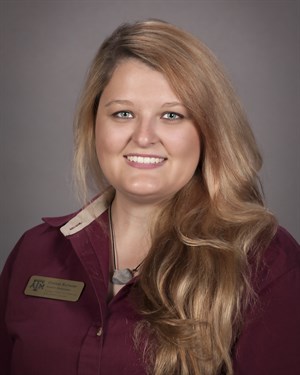 A few days ago, six fellow classmates and I gathered to have a catered lunch from a College Station favorite, Blue Baker, with our three faculty mentors. Every now and then we meet to discuss current happenings in the vet school and receive some sage advice about developing our future careers. On this occasion, being mid-semester, spring break and summer plans were big topics of conversation.
A few days ago, six fellow classmates and I gathered to have a catered lunch from a College Station favorite, Blue Baker, with our three faculty mentors. Every now and then we meet to discuss current happenings in the vet school and receive some sage advice about developing our future careers. On this occasion, being mid-semester, spring break and summer plans were big topics of conversation.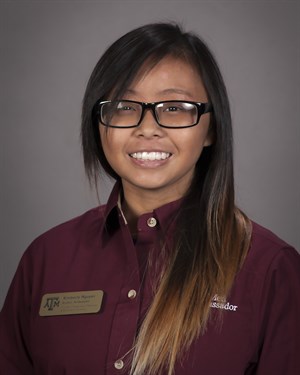 Several months ago, I was accepted to the biomedical sciences’ Costa Rica semester abroad program. Woo hoo!
Several months ago, I was accepted to the biomedical sciences’ Costa Rica semester abroad program. Woo hoo!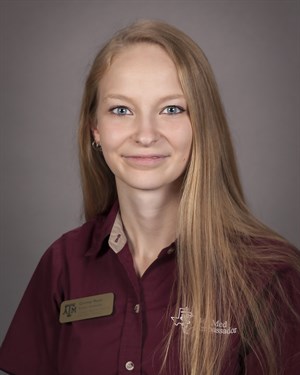 One of the exciting things going on for students is the opening of the College of Veterinary Medicine’s new Wellness Room. The Wellness Room was designated for use by vet students and faculty when the Veterinary & Biomedical Education Complex opened in 2016, and new machines and equipment were recently moved in there.
One of the exciting things going on for students is the opening of the College of Veterinary Medicine’s new Wellness Room. The Wellness Room was designated for use by vet students and faculty when the Veterinary & Biomedical Education Complex opened in 2016, and new machines and equipment were recently moved in there.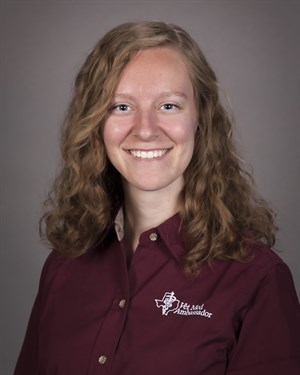 Veterinary school is hard.
Veterinary school is hard.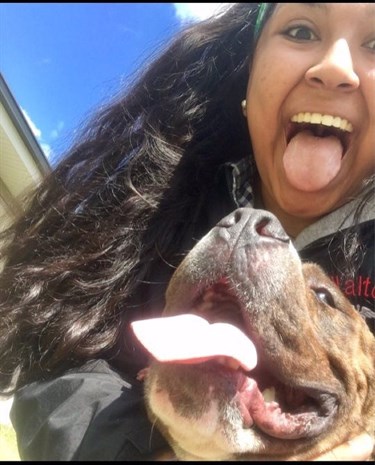
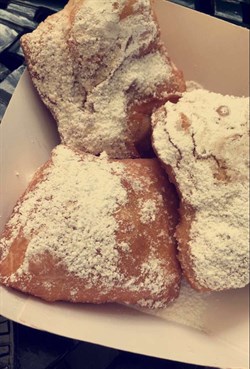 I remember sitting in the van en route to New Orleans and being nervous about how my spring break was going to turn out. I didn’t know anyone on my trip because I was added to it at the last minute and I didn’t know what to expect from the volunteer site.
I remember sitting in the van en route to New Orleans and being nervous about how my spring break was going to turn out. I didn’t know anyone on my trip because I was added to it at the last minute and I didn’t know what to expect from the volunteer site.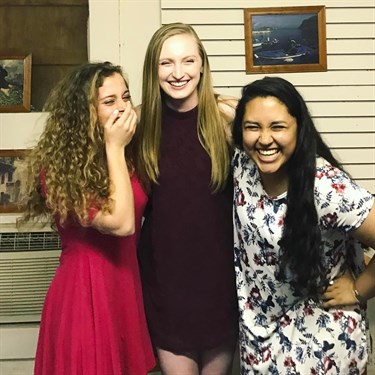
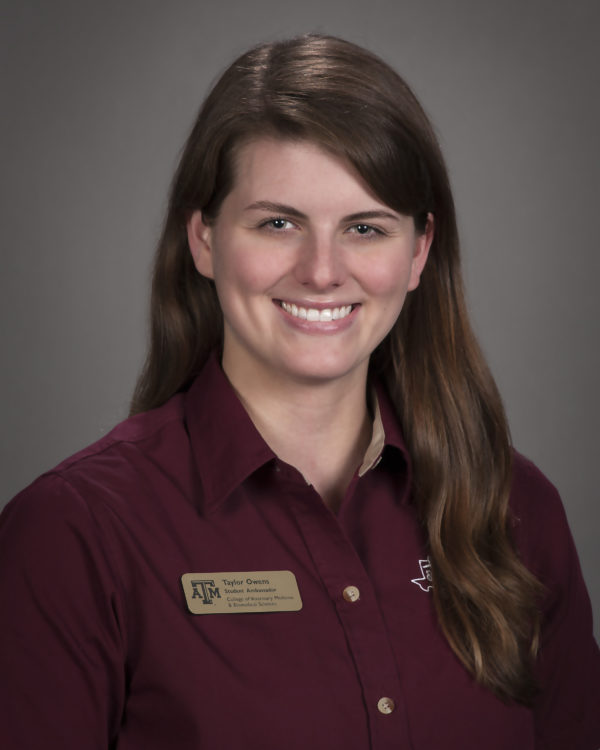 Last week we received our fourth-year clinical rotation schedules! During your fourth year of veterinary school, you complete 24, two-week clinical rotations throughout the different services in the Small and Large Animal Hospitals and have some time set aside throughout the year for externships and vacation.
Last week we received our fourth-year clinical rotation schedules! During your fourth year of veterinary school, you complete 24, two-week clinical rotations throughout the different services in the Small and Large Animal Hospitals and have some time set aside throughout the year for externships and vacation.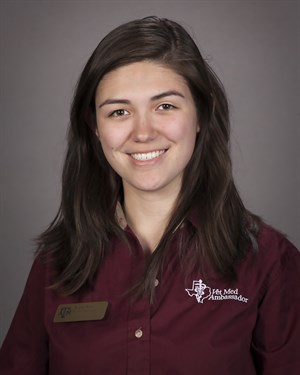 Happy Valentine’s Day! I hope everyone with a significant other is having a wonderful day and is taking time to cherish the person with whom they’ve decided to celebrate. As for the single ones (i.e. me), I hope you are also enjoying the day biding time for all the Valentine’s chocolate to go on sale later tonight.
Happy Valentine’s Day! I hope everyone with a significant other is having a wonderful day and is taking time to cherish the person with whom they’ve decided to celebrate. As for the single ones (i.e. me), I hope you are also enjoying the day biding time for all the Valentine’s chocolate to go on sale later tonight.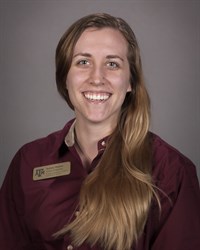 Well, I made it to my last semester before entering my fourth year of vet school, when I will be completing my clinical rotations in the Veterinary Medical Teaching Hospital! I can’t believe how fast the time has gone, but now, the real future planning starts. I am amazed at how much A&M is preparing us for our future. They put a lot of effort into providing us with resources and opportunities to grow in our profession and graduate confident in that knowledge.
Well, I made it to my last semester before entering my fourth year of vet school, when I will be completing my clinical rotations in the Veterinary Medical Teaching Hospital! I can’t believe how fast the time has gone, but now, the real future planning starts. I am amazed at how much A&M is preparing us for our future. They put a lot of effort into providing us with resources and opportunities to grow in our profession and graduate confident in that knowledge.